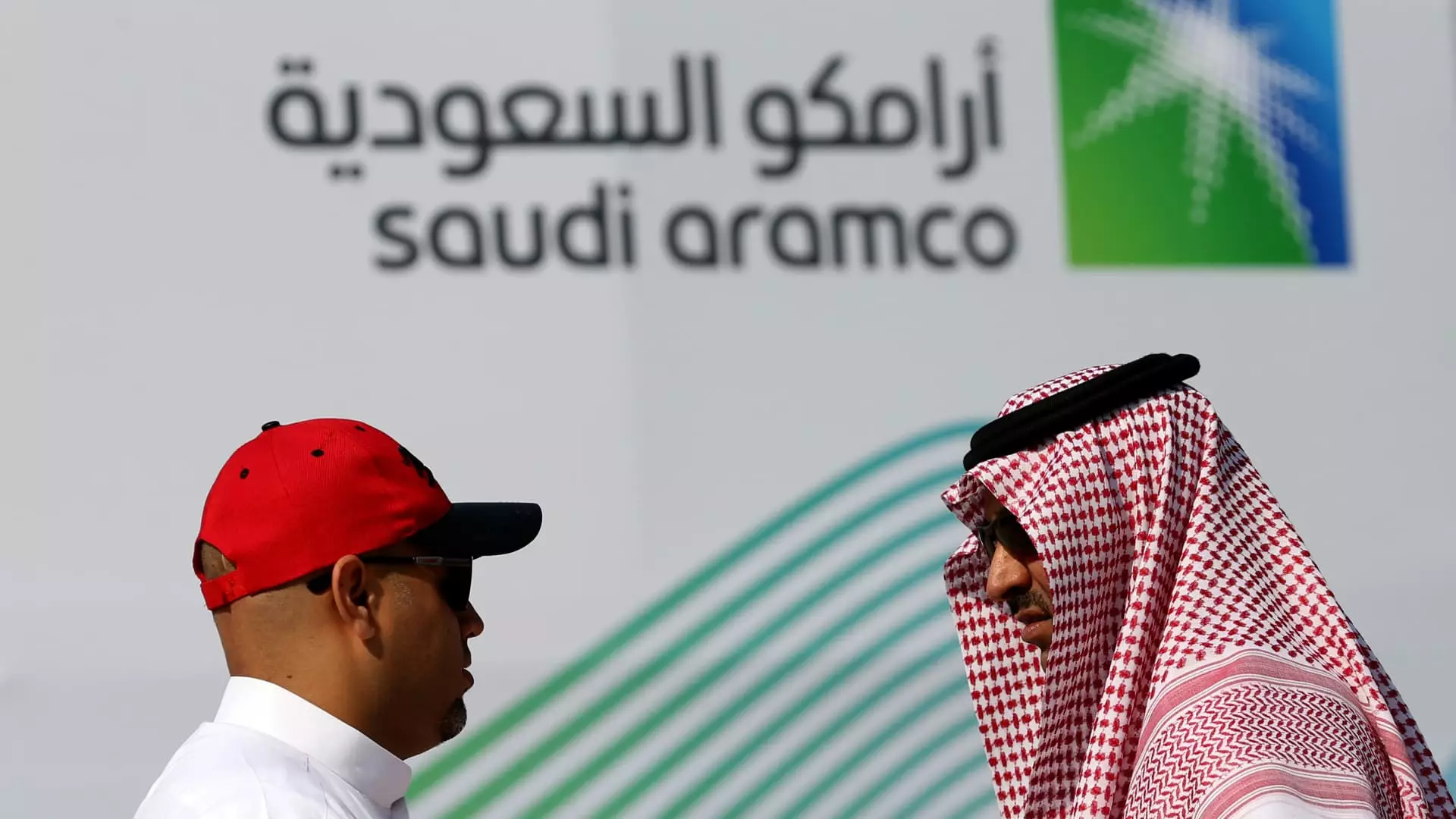Saudi Aramco, the world’s largest oil company, reported a net profit of $29.1 billion for the second quarter, representing a slight decrease of just over 3% compared to the same period last year. The company’s net income for the first half of the financial year also saw a decline, dropping from $62 billion to $56.3 billion. Additionally, Aramco posted free cash flow of $19 billion in the second quarter, down from $23.2 billion in the previous year.
Despite the slight decline in profits, Aramco reaffirmed its second-quarter base dividend of $20.3 billion and declared a performance-linked dividend of $10.8 billion to be paid in the third quarter. The company expects to declare total dividends of $124.2 billion in 2024, as stated in its earnings release. This strategy aims to share the upside with shareholders while maintaining sustainable and progressive dividends based on the company’s strong earnings.
Following the release of its financial report, Aramco’s stock price surged by 1.31% after the opening of the Tadawul, the Saudi stock exchange. This positive reaction from investors indicates confidence in the company’s performance despite the dip in profits. Many analysts had anticipated flat revenue for the oil giant due to lower production volumes offset by higher Brent prices compared to the previous year.
Saudi Arabia’s oil output in the second quarter stood at 8.99 million barrels per day, according to a July OPEC report. The kingdom’s gross domestic product growth has contracted for four consecutive quarters, largely attributed to the ongoing oil production cuts. The country’s oil sector experienced an 8.5% decline, as reported by the General Authority for Statistics. This decline highlights the challenges faced by oil-producing nations in balancing their budgets amid fluctuating oil prices.
In early June, OPEC+ agreed to extend their joint oil output cuts into 2025 in an effort to stabilize prices amidst weak demand growth. These supply cuts have been in effect for nearly two years and have contributed to the reduction in global oil supply. However, despite these efforts, international benchmark Brent Crude prices have experienced a decline from the mid $80-range to the mid-$70 range over the past month. This downward trend poses a challenge for OPEC member states, including Saudi Arabia, which require higher oil prices to balance their budgets.
Overall, Aramco’s second-quarter financial report reflects the challenges faced by the oil industry amid volatile market conditions and ongoing production cuts. Despite the slight decrease in profits, the company remains committed to providing sustainable dividends to its shareholders and leveraging its strong earnings to drive future growth. The positive stock performance indicates investor confidence in Aramco’s ability to navigate these challenges and maintain its position as a market leader in the oil industry.

